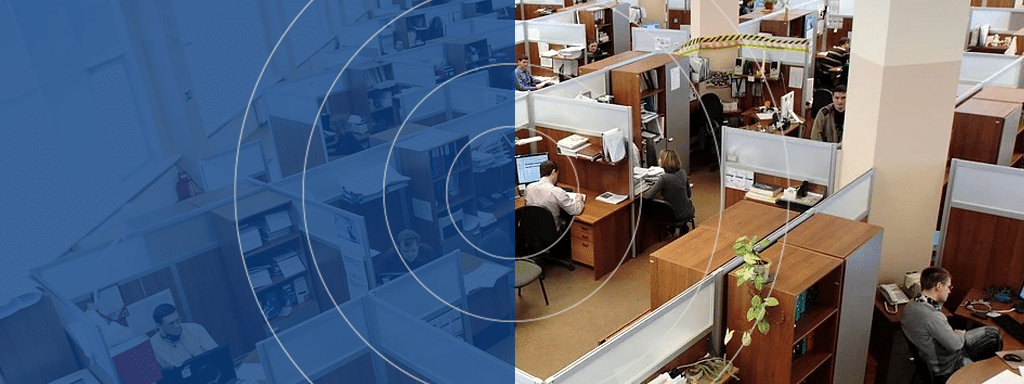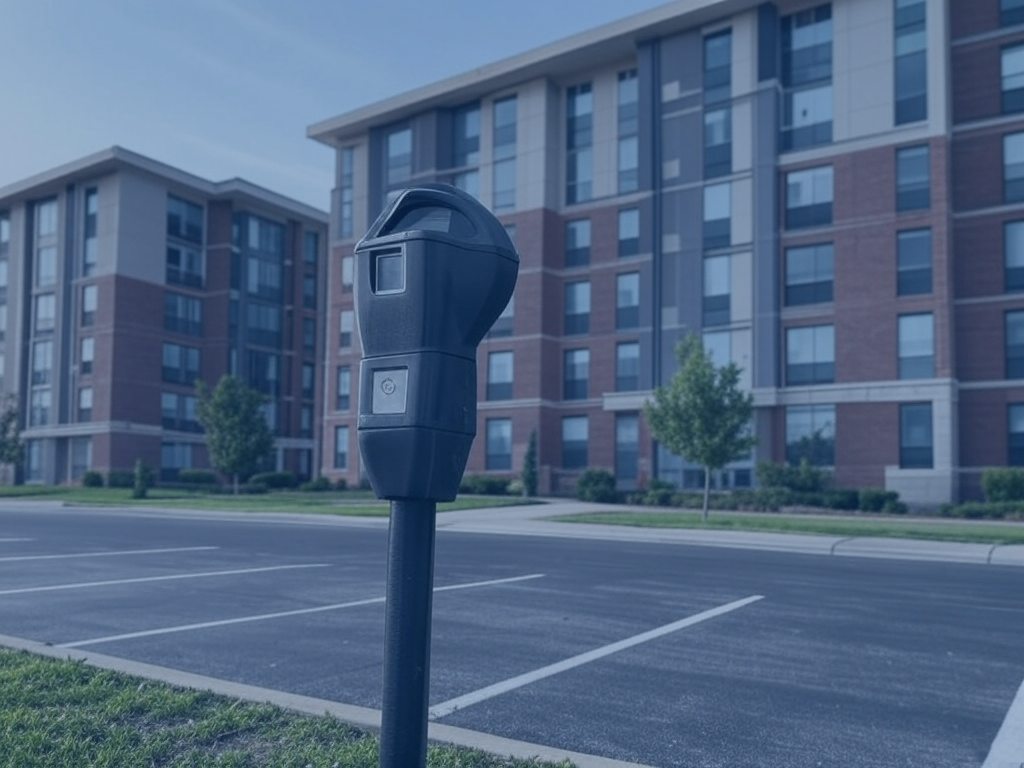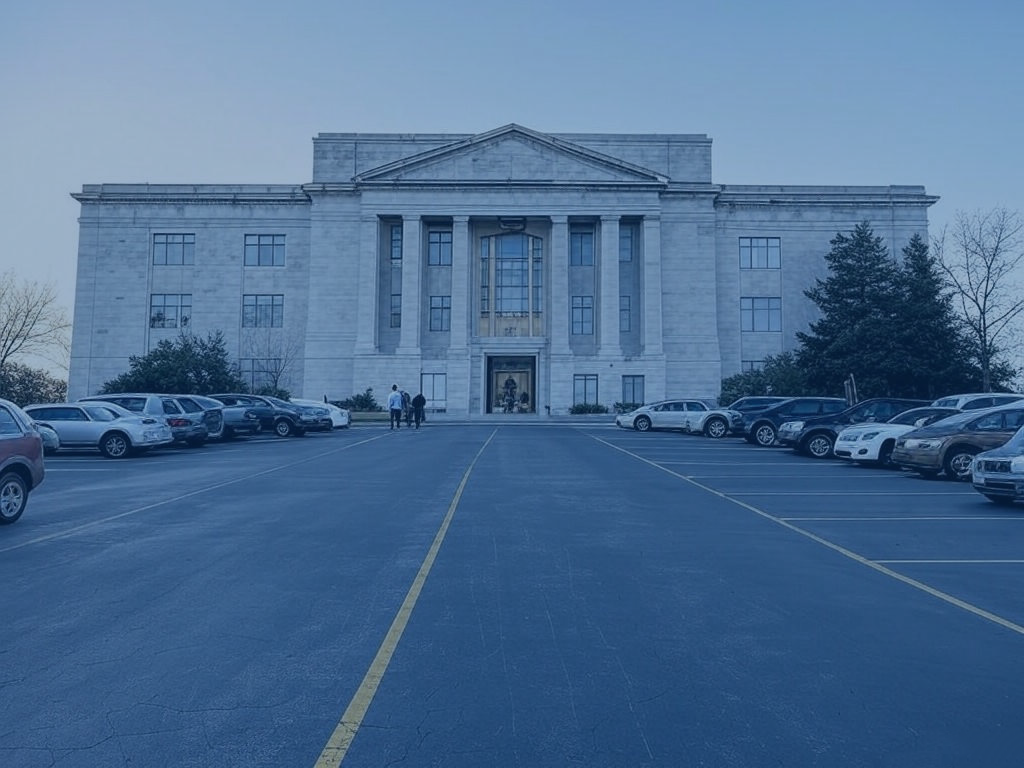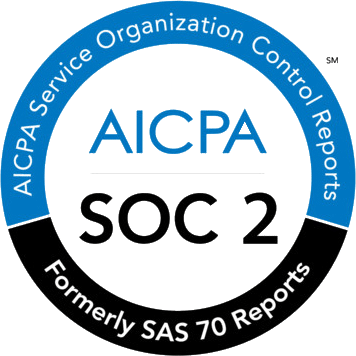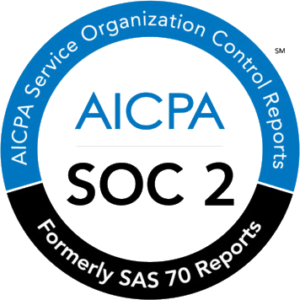Table of Contents
ToggleSummary
Having effective parking facilities in place is essential for your business to ensure employee happiness and satisfaction.
When employees have to search for a parking space, it can reduce their productivity, lower their job satisfaction, and influence them to pursue other job opportunities.
Having effective parking facilities in place are essential for your business to ensure employee happiness and satisfaction.
A lot of thought is put into creating impressive critical facilities in offices such as reception areas, separate cubicles, conference and meeting rooms.
Improve your parking operations with sustainability in mind
Find out how Wayleadr can help you reduce your carbon footprint and promote sustainable practices
Get a DemoHowever, as a result, staff parking facilities can often come as an afterthought.
Every employee needs a parking spot when they arrive at work. A company should not have its employees spending time searching for (or worrying about) where to park during the trip to and from work.
What is a parking management system?
A parking management system ensures that you have enough parking spaces for your employees. There are various parking management systems, but most of them include the following elements:
- Availability & allocation: monitors who needs space and when and allocates accordingly.
- Monitoring and enforcement: This makes it easier for companies to ensure that their employees are properly using the parking lot.
- Controlled entry: This refers to barriers that control who may enter the parking lot.
- Reporting: It helps companies in ensuring that their employees follow parking rules and regulations.
A good parking management system allows for more accurate record keeping, as it monitors the activity within the car lot. Thus, it allows facility managers to know when the busiest times are and if their lot is being used efficiently.
The goal of any company is to maximize profit, and parking issues can have a negative impact on this.
Parking issues can range from an inconvenient parking location that reduces employee productivity to the costs companies incurs maintaining their parking lots.
Let’s examine the reasons parking is a critical problem to solve.
Employee satisfaction
Solving parking problems can increase employee satisfaction in the workplace. That is why, if you want your employees to be happy with their jobs, you need to provide a secure and clean parking area.
If there are no parking spots near the entrance to the office, this can cause stress and frustration. Not only that, but many employees don’t want to leave their cars in a public parking lot for fear of vandalism or theft.
Solving parking problems is critical because it makes employees feel like their employer cares. It also helps to boost productivity, as better morale leads to more focussed workers
New hires will be drawn to your company
Parking availability is one of the first things that potential employees will notice when they visit your company.
Strong candidates will notice if your company does not have an adequate amount of space. This can be a signal that your company does not treat its employees well.
If potential employees can’t find a place to park their car, they could assume that this indicates how they will be treated once they join your company. Parking issues can be a major turnoff for potential employees, making them reconsider working for such a company.
Most businesses have impressive facilities. While a lot of thought is put into creating reception areas, separate cubicles, and conference and meeting rooms, staff parking facilities can come as an afterthought.
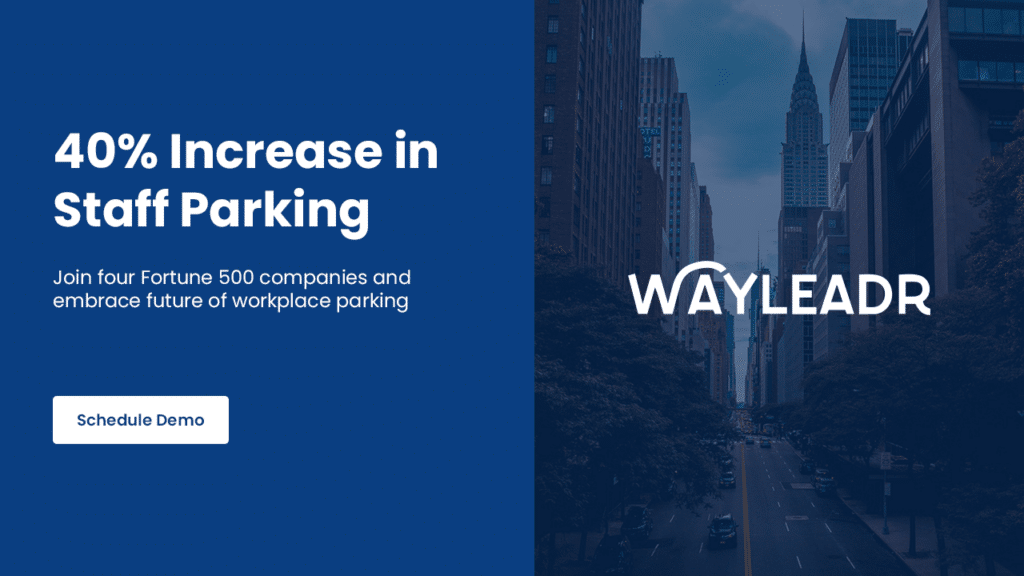
Employee retention
Employee retention is a top priority for every company. When employees don’t feel their work environment is up to par, they are more likely to leave their jobs.
Most employees prefer to work for a company with a shorter commute and good car park lots.
Parking issues can be a huge source of stress for employees, taking up time and mental energy that could be better spent elsewhere. Employees want convenience and they expect their employers to give them the space they need to do their jobs.
Company culture
When employees are consistently late to work and frustrated because of parking issues, the company’s culture will suffer because employees may not fully engage in their work.
When so many employees are stressed and irritated by these issues, it can be difficult to foster a positive culture. Employers may observe that fewer employees are willing to go above and beyond to ensure the company’s success.
Parking problems are not just a problem for the employees. They are also a problem for the company. Having employees show up late to work or being forced to find a parking spot at another office building is unproductive.
Solving parking problems gives employees a better experience, and improved safety, and also increases their productivity. Indeed, having good lot management is unquestionably a wise investment for any company.
In conclusion, employee parking facilities can be a critical problem for companies to solve. Lack of adequate parking can lead to decreased employee morale, increased tardiness, and ultimately, a negative impact on the bottom line.
By prioritizing employee parking needs, companies can create a more positive work environment and increase employee satisfaction and retention.
If you’re looking to get a step-up in with effective parking facilities, contact Wayleadr today. We can set you on your way to a better future.
Still on the fence? Check out these 10 reasons to work with Wayleadr!
Parking isn’t the only thing you can streamline with technology. Check out these super useful guides on key softwares and technologies which make life easier for facilities professionals.
Read – What are the different types of facilities management software?
Read – The popular software you should recommend to every facilities manager
